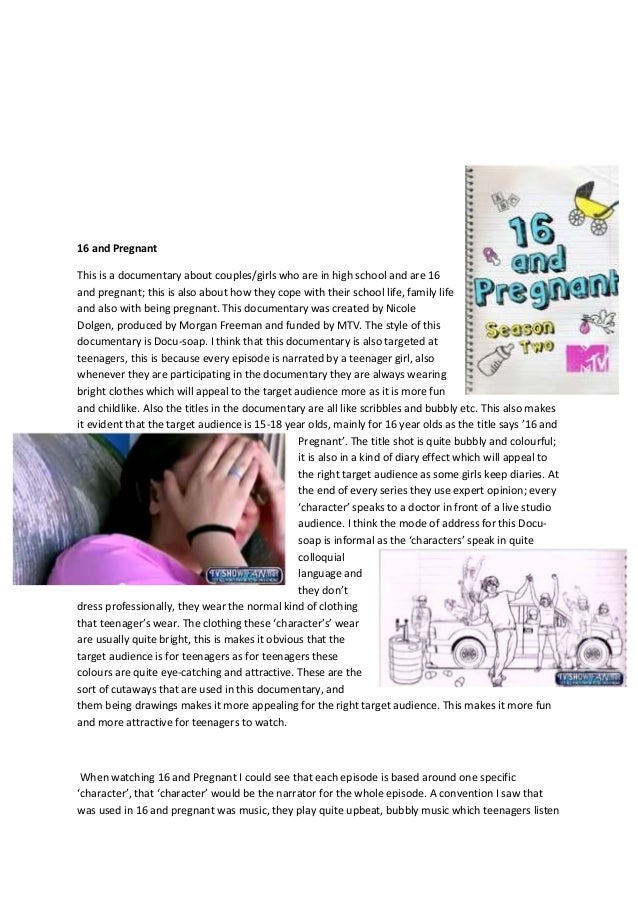
Masters and doctoral programs provide discipline-specific training in research methods.

TEXTUAL ANALYSIS METHODS HOW TO
At a minimum, teachers in school settings-from middle schools, high schools, to colleges-train students to write with sources (e.g., how to summarize, paraphrase, and quote). Thus, it’s helpful to think of textual research as a suite of practices, a range of options, that are deployed based on the rhetorical situation.įormal textual research methods are taught in high school, college, and professional workplace settings. In contrast, a clinical psychologist might read peer-reviewed research on personality constructs. For instance, lawyers may engage in textual research by surveying applicable laws, policies, and precedents. Academic disciplines and professions have unique approaches to engaging in textual research. There are many different ways to conduct textual research. read nonverbal language and back channel discourse.Įven simple literacy tasks like looking up how to pay a parking ticket or investigate travel options requires some mastery of textual methods.Texts are so ubiquitous in our modern lives that we often engage in textual research informally without thinking consciously about our actions as a form of textual research. Any time you are interpreting, learning from, describing, and discussing texts, you are engaging in textual research. Textual research methods refers to the methods scholars use to interpret texts, to assess knowledge claims, and to develop new knowledge. Related Concepts: Dialectic Hermeneutics Semiotics Text & Intertextuality Textual research methods is also known as scholarship.

Photo Credit: "New York Public Library Reading Room" by Photographing Travis is licensed under CC BY 2.0. Textual research methods are rooted in literary conventions and practices.


 0 kommentar(er)
0 kommentar(er)
